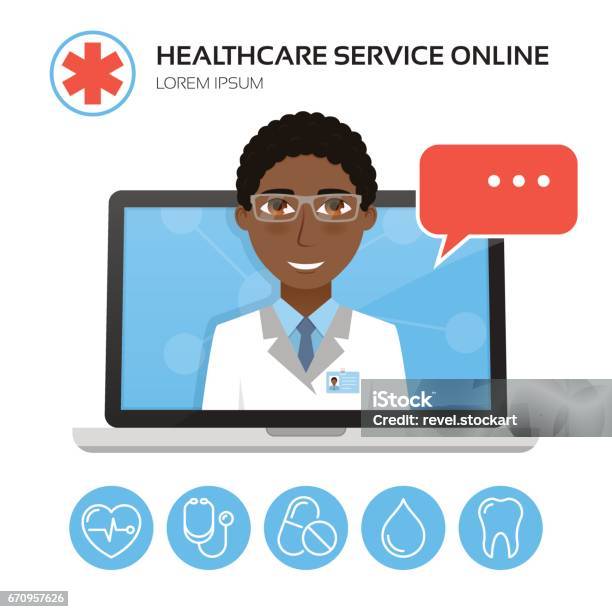Checking out the Development of Subscription Based Healthcare in the Digital Age
Checking out the Development of Subscription Based Healthcare in the Digital Age
Blog Article
Exactly How Subscription-Based Healthcare Is Transforming the Clinical Sector

The Rise of Membership Healthcare
Over the last few years, the health care market has actually seen a significant shift in the direction of subscription-based designs, mirroring wider customer patterns preferring ease and predictability. This improvement is driven by the increasing need for even more easily accessible and customized treatment options. Registration medical care, occasionally referred to as concierge medicine or straight health care, offers clients a fixed regular monthly fee for a variety of medical solutions, considerably changing typical fee-for-service versions.
The rise of membership health care is helped with by improvements in modern technology, which make it possible for streamlined communication in between service providers and individuals - subscription based healthcare. Digital platforms and telehealth services have come to be indispensable, offering people the ability to schedule consultations, access medical documents, and receive appointments online. This technical assimilation not only boosts person engagement yet additionally allows carriers to supply a lot more reliable treatment
Furthermore, the membership version aligns with the developing assumptions of individuals that seek even more control over their health care expenses and experiences. While this version is acquiring grip, its expansion deals with challenges such as regulatory difficulties and the requirement for wider acceptance within the standard health care environment.
Benefits for Patients and Carriers
Subscription-based health care provides a plethora of benefits for both service providers and clients, improving the dynamics of medical care. For individuals, this version gives enhanced accessibility to medical care services.
For health care carriers, subscription-based models foster a more satisfying and sustainable technique. By securing a consistent profits stream, companies can concentrate on supplying top notch treatment without the pressure of volume-based solution. This model encourages longer person examinations, promoting more powerful patient-provider relationships and enhancing health end results. Furthermore, it offers carriers the versatility to innovate and incorporate precautionary and all natural treatment techniques. Administrative tasks are commonly structured, minimizing overhead expenses and enabling suppliers to devote even more time to client communication. Overall, subscription-based medical care lines up the incentives of providers and clients, advertising a more patient-centered and effective healthcare distribution system.
Key Functions of the Version
Regularly, the key functions of the subscription-based health care design highlight its distinct approach to supplying clinical services. Central to this model is the idea of foreseeable, month-to-month repayments, offering clients a thorough variety of services without the changability of traditional fee-for-service frameworks. This model commonly consists of endless access to health care solutions, precautionary treatment, and routine examinations, making certain that people can involve with their healthcare service providers proactively instead than reactively.
In addition, direct interaction networks, such as telemedicine and messaging platforms, are stressed, enabling individuals to receive timely suggestions and examinations without requiring in-person consultations. This enhances accessibility and ease, particularly for people with movement constraints or those living in remote locations. The design likewise cultivates more powerful doctor-patient relationships, as healthcare companies are incentivized to concentrate on long-term health and wellness end results rather than temporary check outs.
Furthermore, subscription-based healthcare typically incorporates technological technologies, such as digital wellness records and health and wellness tracking applications, to offer personalized and efficient care. Clients gain from worked with and continual treatment administration, which is customized to their specific health demands. Ultimately, these attributes collectively produce a patient-centered health care experience, prioritizing accessibility, expense openness, and preventive treatment.

Factors To Consider and obstacles
While the subscription-based health care version offers various advantages, it is not without its factors to consider and difficulties. One considerable difficulty is ensuring equitable gain access to. Registration versions might inadvertently prefer those with greater my link socioeconomic standing, potentially expanding differences in medical care access for lower-income individuals that may battle article with month-to-month costs. This increases moral problems concerning inclusivity and equity in medical care shipment.
One more obstacle depends on regulatory conformity. Subscription-based medical care must navigate an intricate internet of policies that vary by region, including concerns around patient privacy, information protection, and state licensing needs. Making certain conformity without hindering the version's versatility and innovation can be discouraging for carriers.
Additionally, there is the risk of overutilization or underutilization of services. People paying a repaired charge could overuse services, causing increased operational expenses, while others could underutilize due to be afraid of burdening the system, potentially disregarding essential care.
Future Prospects and Innovations
The landscape of subscription-based health care is positioned for transformation with emerging advancements and evolving leads. As innovation proceeds to development, the assimilation of expert system and artificial intelligence offers substantial chances to improve analysis precision and streamline individual management. Predictive analytics can reinvent preventive treatment by identifying possible wellness risks prior to they materialize, consequently lowering both expenses and the worry on health care systems.
Furthermore, telemedicine is set to expand within registration versions, offering individuals increased access to healthcare experts no matter geographical constraints. This not just helps with continuity of treatment yet likewise encourages people to involve more have a peek here proactively in their health and wellness monitoring. Additionally, blockchain innovation uses possible in safeguarding patient data and making certain interoperability throughout platforms, fostering count on and transparency.
Collaborations in between tech firms and health care providers are most likely to generate cutting-edge remedies, boosting person experiences and outcomes. As these prospects materialize, subscription-based medical care has the potential to redefine just how treatment is delivered and accessed.
Final Thought
Subscription-based health care is changing the clinical sector by using a much more accessible, predictable, and patient-centered strategy to clinical solutions. Despite challenges such as regulatory difficulties and prospective variations in gain access to, the subscription design holds guarantee for an extra individualized and efficient medical care experience.
Subscription healthcare, often referred to as concierge medicine or straight key care, supplies patients a set regular monthly fee for a range of clinical solutions, dramatically changing traditional fee-for-service versions.
In addition, the subscription model lines up with the evolving expectations of individuals who seek even more control over their health care expenses and experiences. For people, this design offers enhanced access to health care services. Overall, subscription-based medical care straightens the rewards of companies and patients, advertising an extra patient-centered and reliable medical care distribution system.
Additionally, telemedicine is established to expand within registration models, offering individuals enhanced accessibility to healthcare professionals regardless of geographical restrictions. - subscription based healthcare
Report this page